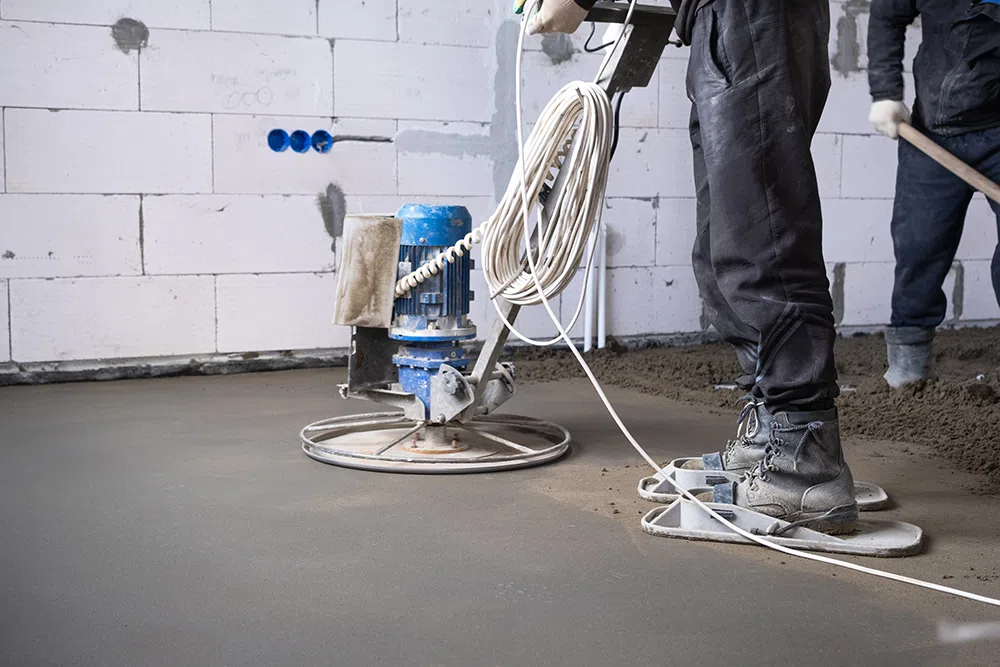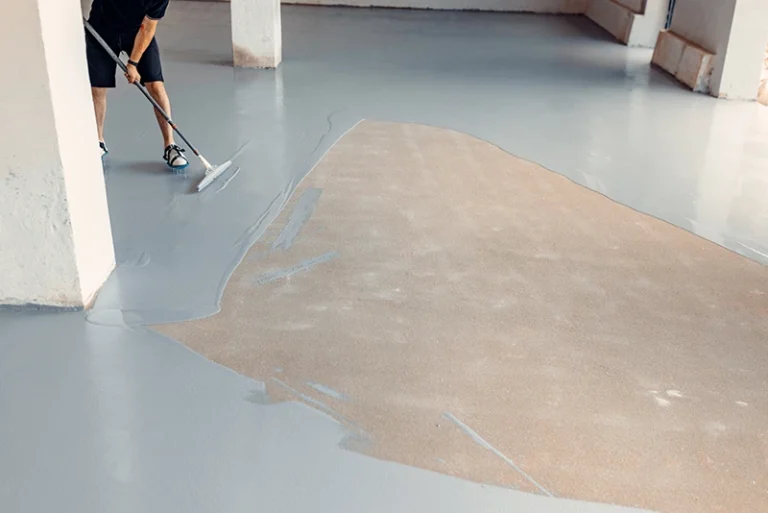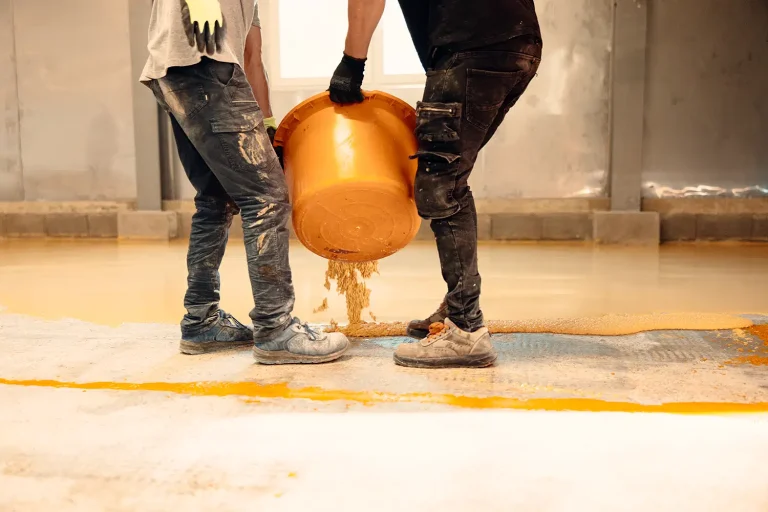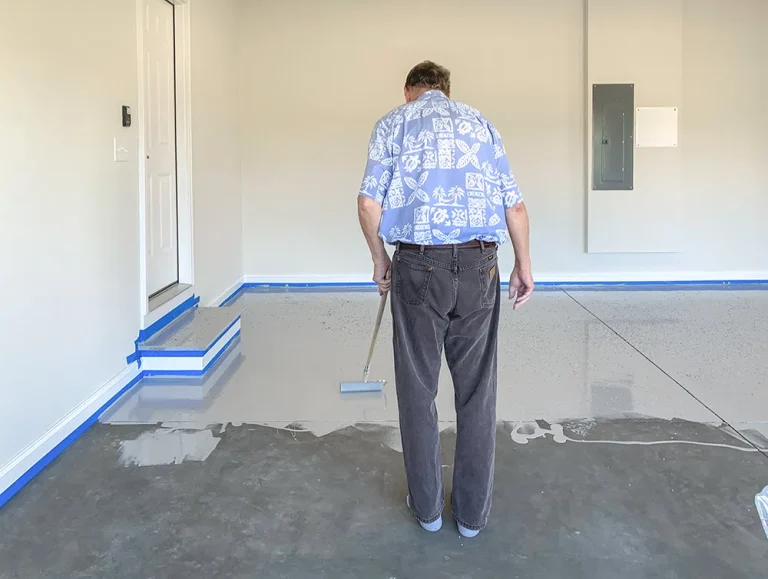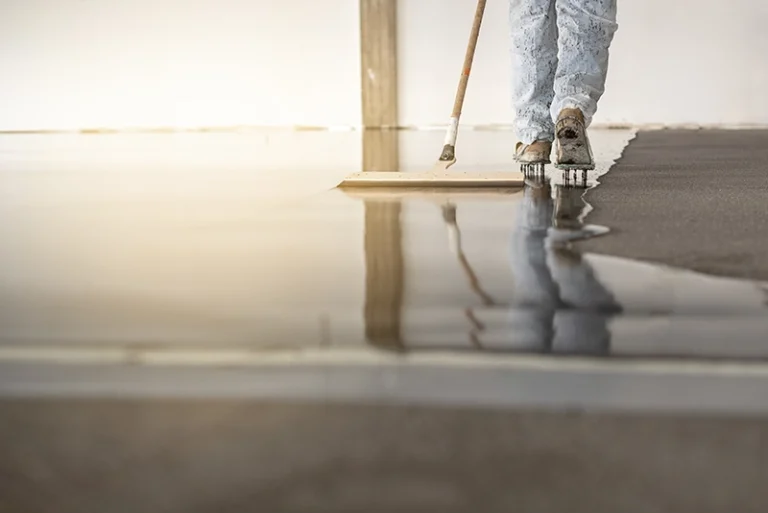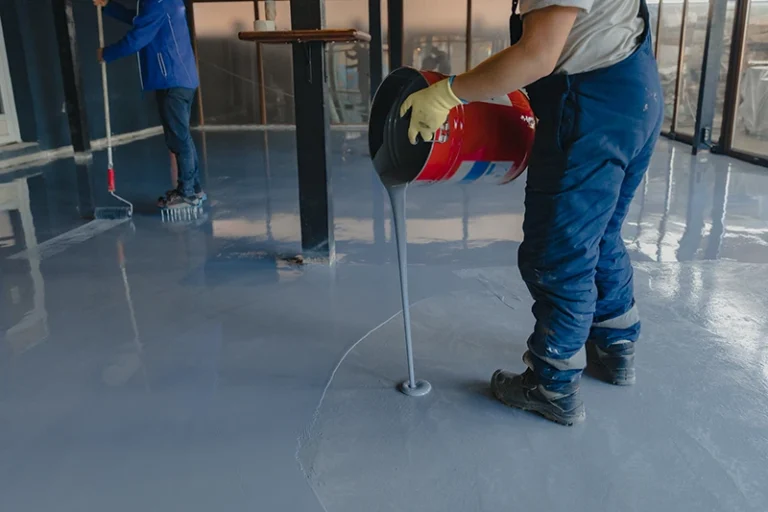What Are the Safety Standards for Industrial Epoxy Flooring?
Industrial environments demand flooring systems that not only withstand heavy loads and constant traffic but also meet strict safety standards. Epoxy flooring has become a popular choice in warehouses, manufacturing plants, laboratories, and other industrial settings due to its durability, chemical resistance, and seamless finish.
However, safety goes beyond durability—it includes slip resistance, compliance with regulatory guidelines, and proper installation. Understanding the safety standards for industrial epoxy flooring helps businesses ensure a secure, compliant, and long-lasting work environment.
This blog outlines the essential safety benchmarks and best practices for industrial epoxy flooring systems.
Slip Resistance and Traction Control
Slip resistance is a top priority in any industrial facility where spills, moisture, or heavy foot traffic are common.
- Incorporate anti-slip additives: Materials like silica sand, aluminum oxide, or polymer grit can be broadcast into the epoxy to improve traction. These additives help prevent accidents, especially in areas exposed to liquids or oils.
- Select the right finish for your environment: Glossy finishes may be ideal for aesthetic purposes, but a matte or textured finish offers better grip underfoot. Choosing the appropriate finish based on traffic and safety needs reduces the risk of slips.
- Test for slip coefficient compliance: The flooring should meet OSHA and ADA guidelines, typically requiring a coefficient of friction of 0.5 or higher. Testing ensures your epoxy surface provides a safe level of grip under standard working conditions.
Prioritizing slip resistance is essential for reducing workplace injuries and maintaining regulatory compliance.
Chemical and Thermal Resistance
Industrial floors are often exposed to corrosive chemicals, oils, and high temperatures, making chemical and thermal resistance a necessary safety feature.
- Choose formulations with high chemical resistance ratings: Epoxy systems designed for industrial use are often rated against substances like acids, solvents, and petroleum products. These coatings protect against corrosion and deterioration.
- Add topcoats for extra thermal stability: In environments with heat exposure, a specialized topcoat can help the epoxy maintain performance and appearance. This added layer extends the floor’s service life in high-temperature zones.
- Consult the safety data sheet (SDS): The SDS provided with epoxy products outlines the specific hazards and protective measures needed during application and use. Reviewing this document ensures safe material handling and application.
Using the right epoxy materials protects workers, equipment, and infrastructure from the hazards of chemical exposure and heat.
Fire Resistance and Compliance
While epoxy is not naturally flammable once cured, fire safety standards still apply in industrial settings.
- Install fire-retardant epoxy systems: Some epoxy coatings are formulated with fire-resistant properties that help prevent ignition or slow flame spread. These systems are ideal for facilities with flammable materials or high-heat processes.
- Ensure compliance with NFPA standards: The National Fire Protection Association (NFPA) outlines fire safety requirements for flooring materials in commercial and industrial buildings. Following these standards reduces risk and may be necessary for insurance coverage.
- Use epoxy over non-combustible substrates: When installed over concrete, which is naturally fire-resistant, epoxy flooring contributes to a fire-safe structure.
Adhering to fire resistance standards is critical for protecting workers and minimizing property damage during emergencies.
Proper Installation and Curing
Safety starts with correct installation procedures that ensure the floor performs as intended over time.
- Follow manufacturer-recommended application methods: Every epoxy product has specific mixing ratios, temperatures, and curing times. Following these instructions avoids improper bonding or unsafe finishes.
- Allow full curing before use: Industrial epoxy floors often require 3 to 7 days to fully cure. Premature use can lead to surface weakness, reduced durability, and unsafe conditions.
- Use personal protective equipment (PPE): Installers should wear gloves, masks, and goggles during application to prevent inhalation or skin contact with uncured epoxy. Safety during installation is just as important as long-term use.
Quality installation ensures the floor meets safety expectations from day one and minimizes future maintenance concerns.
Compliance with Industry Regulations
Industrial facilities are often subject to health and safety regulations that affect flooring choices.
- Ensure compliance with OSHA flooring standards: The Occupational Safety and Health Administration outlines specific requirements for walking-working surfaces, including cleanliness, slip resistance, and structural integrity.
- Review EPA and LEED guidelines for environmental safety: Low-VOC (volatile organic compound) epoxy systems can help facilities meet environmental standards and improve indoor air quality.
- Hire certified contractors familiar with regulations: Working with professionals who understand OSHA, NFPA, and industry-specific codes ensures your flooring project is fully compliant.
Meeting these regulatory standards not only reduces liability but also enhances overall workplace safety and environmental performance.
Safety is at the core of any industrial epoxy flooring system. From slip resistance and chemical protection to fire safety and regulatory compliance, each element plays a vital role in creating a secure work environment.
By choosing the right materials, following proper installation methods, and staying up to date with safety standards, businesses can maximize both safety and performance. Whether you’re planning a new facility or upgrading an existing one, understanding these safety benchmarks ensures your epoxy flooring meets the demands of your industrial space while keeping employees protected.

